Experience in diagnosing car "diseases" through noises while driving
(Baonghean.vn) - Each sound will have its own message to warn the car owner about problems. Below are some tips to help drivers easily "diagnose" their car through strange noises when driving on the road.
1. The howling increases with speed
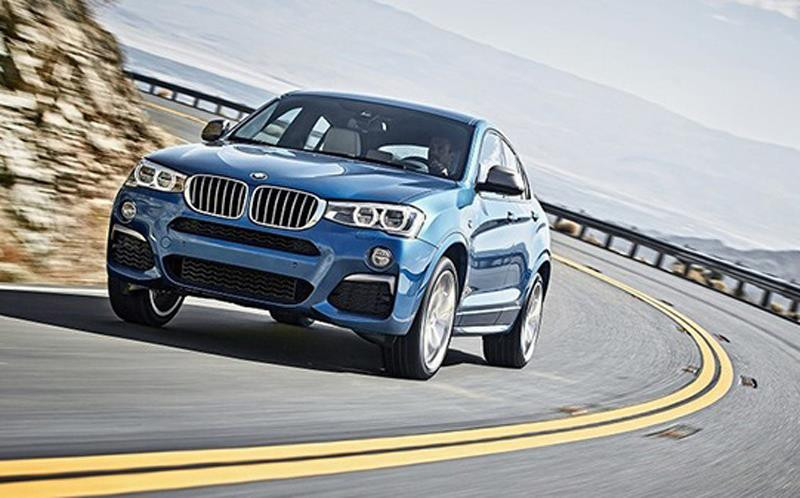 |
When driving at low speeds in the city, the person sitting in the car may not notice this noise. However, when driving on the highway at higher speeds, depending on the severity of the "disease"; the driver can clearly hear the howling sound coming from the car, the higher the speed, the louder the howling sound.
The noise can come from the bearings in the differential, or from the misalignment of the gears causing impact. This phenomenon occurs with vehicles equipped with rear-wheel drive or 2-wheel drive systems with cardan shaft and differential drive... The cause is that the vehicle does not change the oil regularly, or the vehicle is submerged in water causing water to enter the axle oil through the vent hole above the differential box, the oil decomposes and no longer has a lubricating function.
2. "Geez" sound when steering
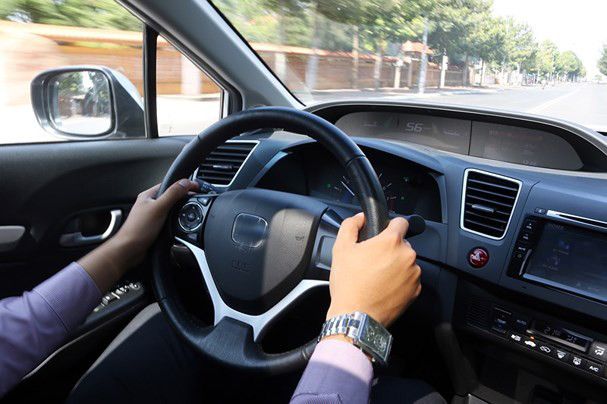 |
The noise occurs in vehicles equipped with hydraulic power steering systems. When there is a lack of oil or the power steering pump is not working properly, the power steering system will make a squealing noise. The driver may not notice the squealing noise when driving at high speeds, but it is easily heard at low speeds, on empty roads... This problem can lead to a heavier steering wheel.
When detecting a noise, the driver needs to check whether the power steering system is low on oil or not, by observing the oil tank marked Power Steering Fluid; if the oil level is below the minimum threshold, the system is low on oil. The cause may be a leak in the power steering oil pipe. If there is no loss of oil, think about damage to the power steering pump.
3. "Clack" sound once when shifting gears or accelerating
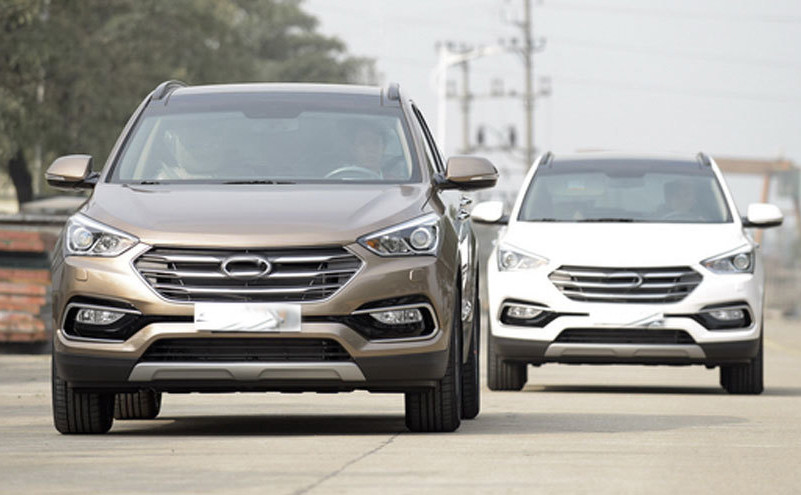 |
The sound only occurs once when the driver steps on the brake pedal, moves the gear lever to D (forward) or R (reverse) with automatic transmission, or shifts into gear and releases the clutch with manual transmission, accompanied by a slight jerk without needing to accelerate...
When this phenomenon occurs, immediately think of a problem with the drive shaft (semi-drive shaft). In some cases such as flooding or collision under the chassis, the rubber cover of the drive shaft is torn, allowing water and dirt to get into the spline, causing the gears to rust, wear, and no longer mesh. When shifting gears, the gears are loose and collide with each other, causing noise and jerking the vehicle.
There is no remedy for worn spline gears other than replacement.
4. "Clack" sound once when braking
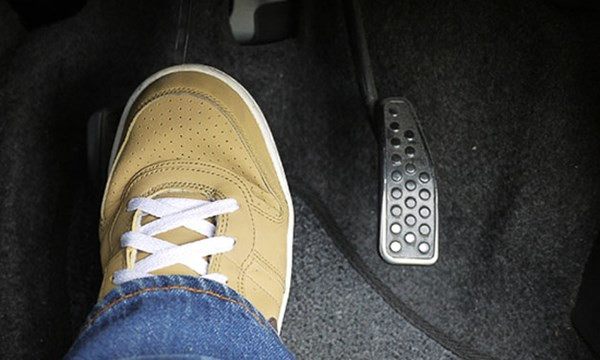 |
The constant friction can cause the brake caliper to wear and loosen. As soon as the brake pads touch the brake drum or disc (when the driver steps on the brake pedal), the friction will cause the brake pads to move, causing the caliper to collide and make a noise.
An important note is to regularly check the condition of the rubber cup-pen protecting the brake shaft, absolutely do not apply the wrong type of grease to the brake shaft because it can cause jamming, damage the rubber dust cover. You should bring the car to the garage so that the technician can distinguish the special grease used for the car's brake system.
5. Humming sound in one of the wheels
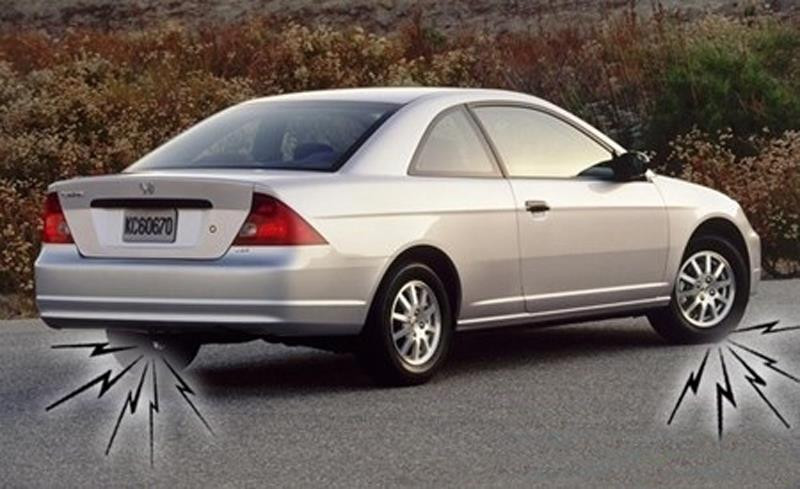 |
Normally when driving at low speed in the city, you will not see any unusual signs. But when driving at high speed on the highway, a buzzing sound from one of the wheels can be assumed to be a damaged wheel hub; the noise will increase proportionally with the speed of the vehicle.
The cause of the hub bearing failure is due to long-term use, the lubricating grease inside the bearing dries or gradually disappears. Or because the vehicle often goes into flooded areas, while the bearing seal is loose, allowing water to enter and damage the bearing. The worst consequence, when the hub bearing is loose, the noise is too loud, which can cause the wheel to vibrate when operating, affecting braking efficiency.
6. Uneven "clunking" sound when driving on bad roads
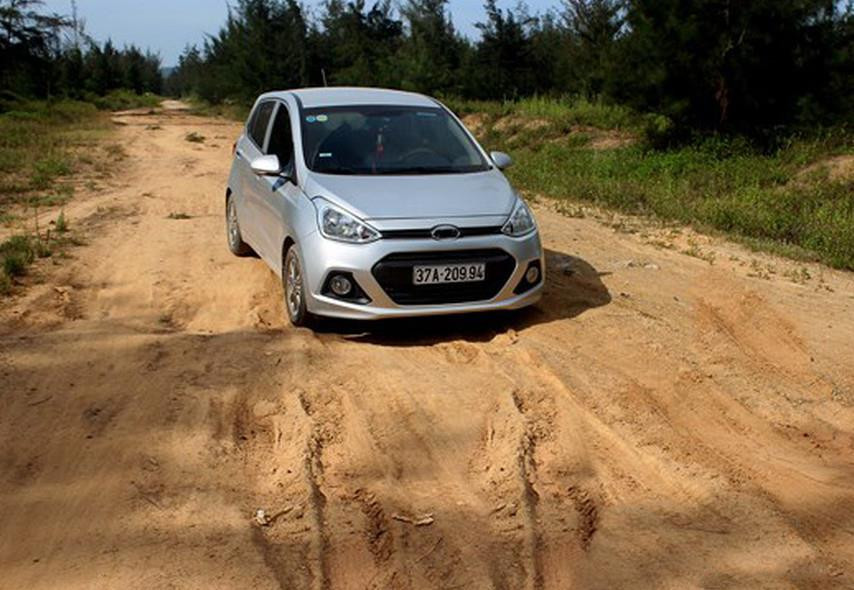 |
When driving on rough, wavy roads, the car's chassis makes rattling noises, sometimes continuously, sometimes less frequently... It could be that one or several of the car's tie rods (multi-directional movable joints) are loose.
The reason is that during use, the protective rubber layer can be torn or degraded, causing dirt and water to damage the lubricant of the tie rod, creating friction and wear during joint movement. Loose tie rod causes the ball to collide when the road surface is uneven. In some cases, a torn protective rubber cover can be repaired by replacing it, but if the tie rod is loose and dead, it cannot be restored and must be replaced.

